Vauxhall Vivaro Electric (2019 – 2024) Review
Vauxhall Vivaro Electric (2019 – 2024) At A Glance
The British-built Vauxhall Vivaro Electric is the UK’s best-selling mid-size electric van, its combination of good value for money, a respectable range and a wide dealer network making it an especially popular choice among van users making the switch to electric power. But is it the best choice for those looking for zero-emission deliveries? Read our Vauxhall Vivaro Electric review to find out.
The Vauxhall Vivaro Electric was one of the first commercially sold mid-size electric vans and remains the go-to choice for those looking to go electric.
Over 4,000 Vivaro Electrics were sold in both 2022 and 2023, with Vauxhall currently holding an impressive 29% of the UK electric van market across its three electric models – the Combo Electric, Vivaro Electric and Movano Electric.
An upgraded Vivaro Electric is imminent, but for now there’s a choice of two battery sizes, 50kWh and 75kWh, giving a WLTP-measured driving range of 143 or 205 miles respectively. There are other vans such as the Volkswagen ID.Buzz Cargo that now offer a larger range, but the Vivaro’s capacity is enough for most users.
It doesn’t compromise on load space over the standard diesel Vauxhall Vivaro either, as the batteries are neatly installed under the floor and the electric motor is under the bonnet, where the engine would be on a diesel model.
Total power output is 134bhp, with a top speed of 84mph. There are three trim levels: Prime, Pro and GS. The base model is aimed at fleet users and comes with steel wheels, and black plastic bumpers, but is still neatly equipped with cruise control, heated wing mirrors, rear parking sensors and a seven-inch touchscreen with Apple CarPlay and Android Auto compatibility.
The Pro gets body-coloured bumpers and a reversing camera, along with sat nav and automatic wipers, while the GS adds alloy wheels and a body kit, along with keyless entry and climate control.
Driving the Vauxhall Vivaro Electric (2019 – 2024)
In the cabin, the Vauxhall Vivaro Electric feels very much the same as the diesel model, the only differences being a charge indicator in lieu of the rev counter and a drive selector where you would otherwise find a gear lever.
The cabin is practical with lots of storage points on top of the dash and a flip-up passenger seat with further storage options beneath. The door bins are pretty handy, too.
On the road, it’s pleasantly refined with little in the way of road noise, while the steering is light and the ride well-composed, even unladen where the extra weight of the battery pack makes it feel more settled than an empty Vivaro diesel.
There are three driving models – Eco, Normal and Power. You’ll only hit maximum range in Eco, which dulls the throttle response but is fine for pottering round town. Normal is best for extra-urban use and Power gives the van a surprising turn of pace but will sap battery power quite quickly, meaning it should only be used for fast getaways or overtaking manoeuvres.
There are also selectable regenerative braking modes, with the standard setting allowing the van to coast normally when you lift off the throttle. 'B' mode gives a harsher slowing effect when you lift off as it feeds power back to the battery through the braking system, and is a useful way of extending the battery life around town.
In summary, then, there’s a lot to like about the Vauxhall Vivaro Electric and it’s easy to see why it has become the nation’s favourite. It offers a competitive range for most users, even in 50kWh form, and is pretty good value when compared with its nearest rivals. It’s a well-thought-out and highly functional electric van, but like all of its breed it still can’t compete with diesel models for long-distance use. For local multi-drop work, though, it has a huge amount in its favour.
Vauxhall Vivaro Electric (2019 – 2024) interior
You can choose between two body lengths on the Vauxhall Vivaro Electric – the standard L1 or the longer and more capacious L2. The longer wheelbase isn’t offered on the GS. There is no double cab option, as this was dropped due to a lack of demand.
It offers the same practical cargo volume as the diesel Vauxhall Vivaro, at 5.3 cubic metres in the L1 and 6.1 cubic metres in the L2, with a spacious and easily accessible load bay and several options for securing loads. The payload is 200kg less than the diesel model though, due to the additional weight of the electric van’s batteries. Similarly, it is only rated to tow 1,000kg as opposed to the 1,800kg of the non-electric model.
Only the standard roof height is offered on the Vauxhall Vivaro Electric, but it does get twin side loading doors and a choice of a tailgate or twin rear barn doors. Load lengths for L1 and L2 versions are 2.51 and 2.86m respectively, extendable by another 1.16m on models with the optional load-through hatch.
In terms of charging, it’ll take around seven hours to recharge the 50kWh battery using a 7.4kW wallbox, or just over 11 hours to charge the 75kWh unit, but the Vauxhall Vivaro Electric has up to 100kW DC rapid-charging capability – enough to get the smaller battery from near-empty to 80% in half an hour using external fast-charging points.

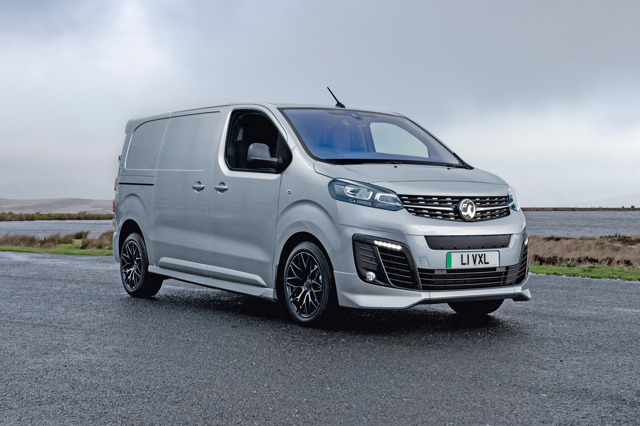
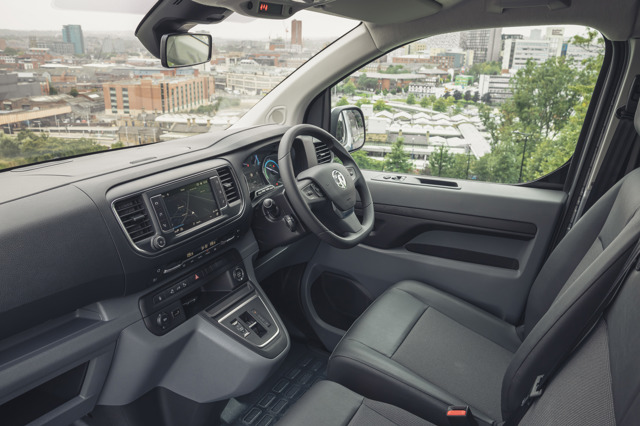
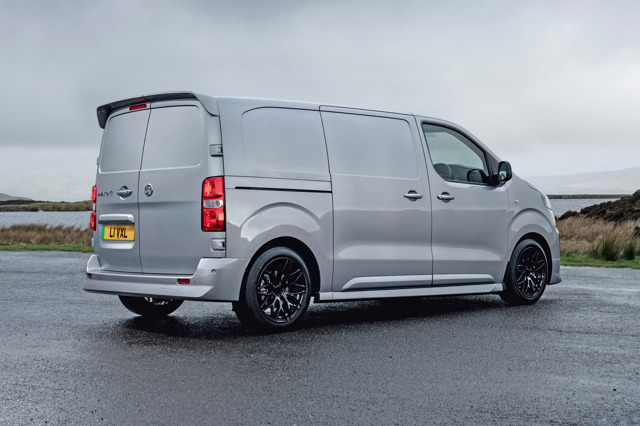
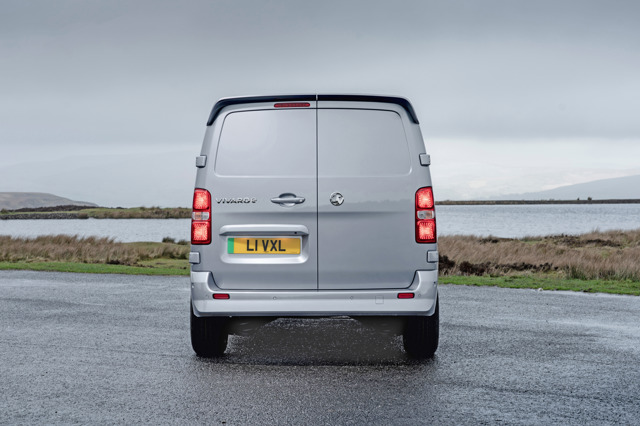
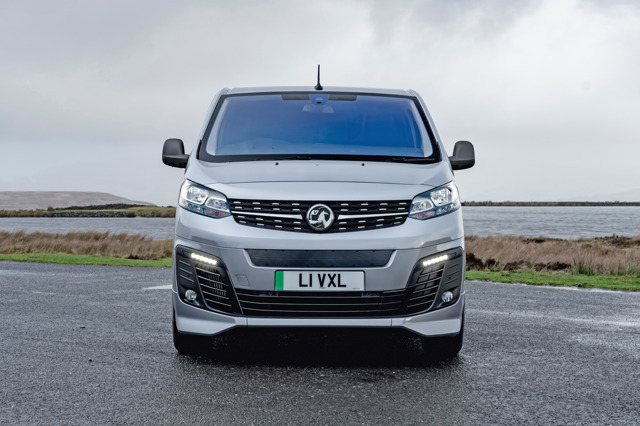
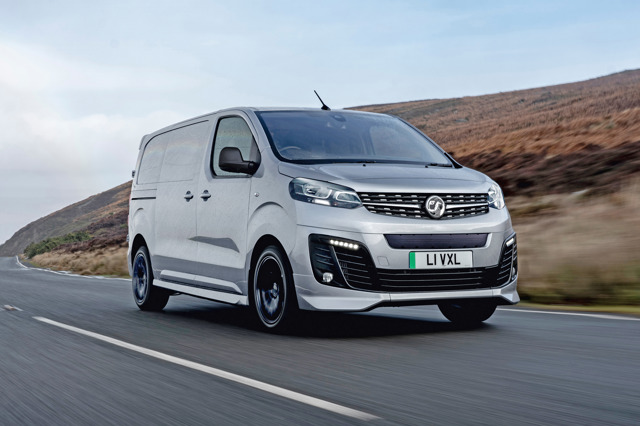


 Decent range, wide dealer network, competitive pricing
Decent range, wide dealer network, competitive pricing
 Limited payload
Limited payload


